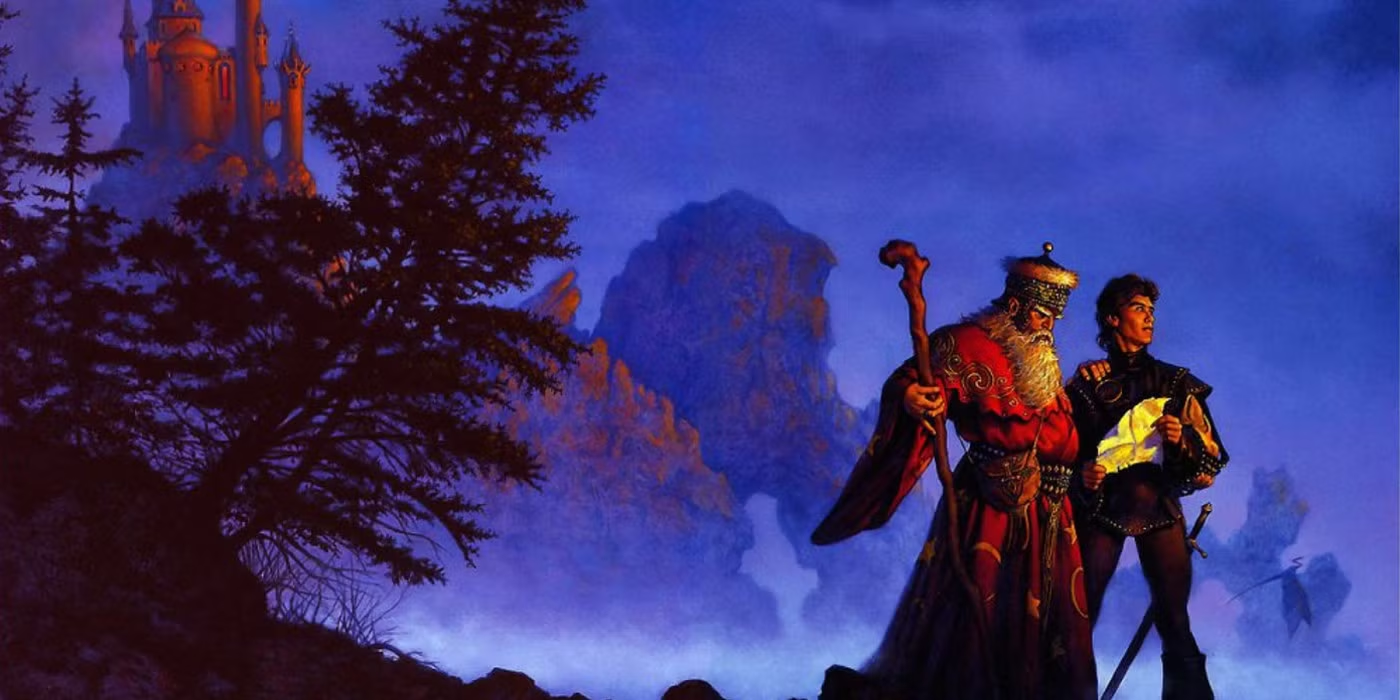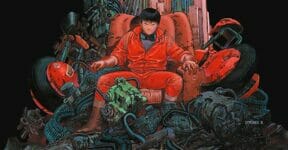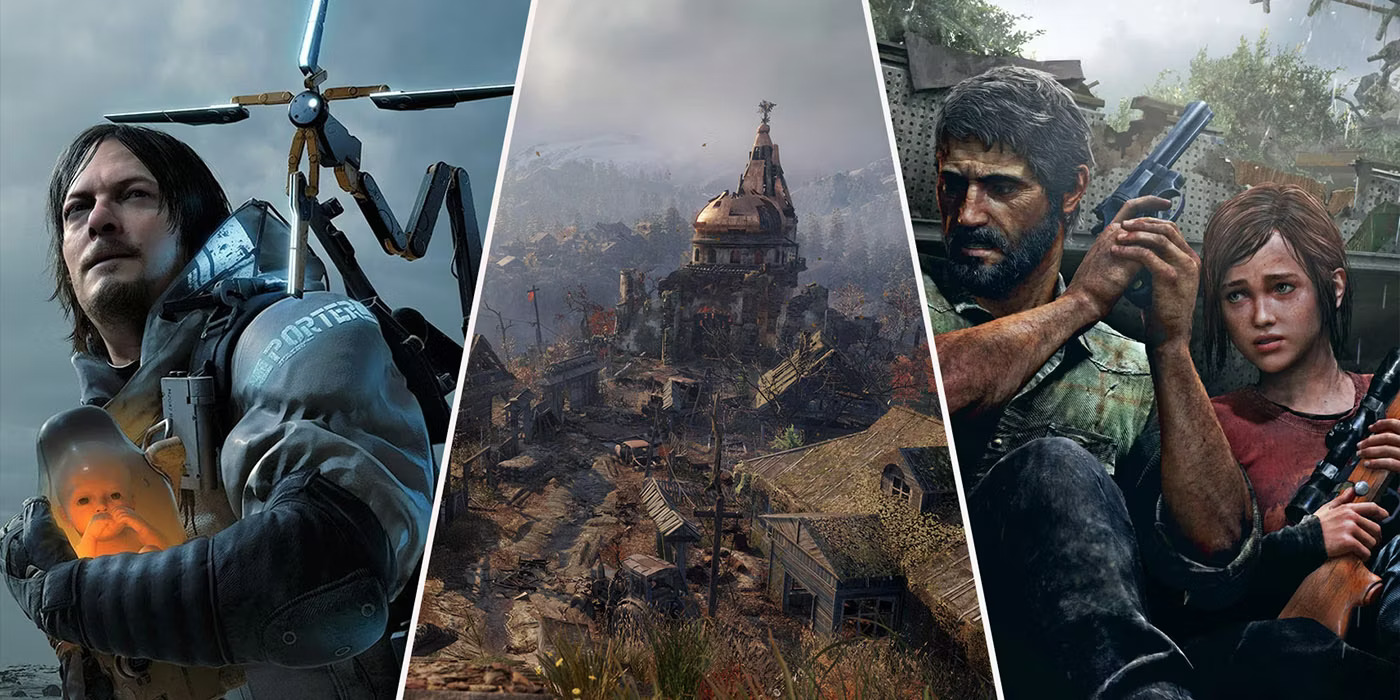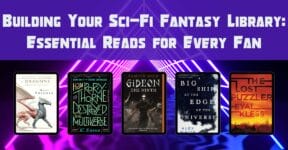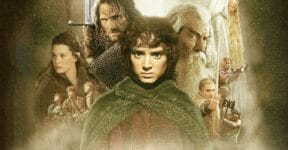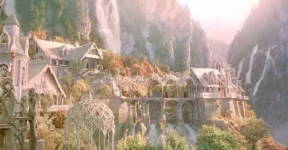The terms “science fiction fantasy” and “science fantasy” often refer to the same captivating blend of genres. In these narratives, elements of science fiction, such as advanced technology and space travel, coexist with fantastical tropes like magic, mythical creatures, and supernatural powers. This fusion often presents magic as a form of advanced science not yet understood by humanity, allowing for imaginative stories grounded in a unique blend of the plausible and the impossible. While seemingly disparate, science fiction and fantasy share common ground: imaginative worldbuilding, epic adventures, a focus on innovation, and a requirement for suspended disbelief. Both genres also delve into complex themes like the nature of humanity, moral dilemmas, and philosophical questions. Sci-fi fantasy leverages these shared aspects to create narratives that explore these themes through a unique lens where science and magic intertwine.

Themes in Sci-Fi Fantasy:
The interplay of science and magic in sci-fi fantasy allows for a wide range of thematic explorations:
- The Interplay of Magic and Technology: Sci-fi fantasy doesn’t always portray a harmonious coexistence of magic and technology. Star Wars, for example, depicts a universe where advanced technology interacts with the “Force,” a mystical power with magical qualities. This dynamic creates both opportunities and conflicts within the narrative.
- Relationships Between Humans and Mythical Creatures: Anne McCaffrey’s Dragonriders of Pern series takes the classic fantasy trope of dragons and adds a sci-fi twist by presenting them as genetically engineered creatures. This approach explores the bond between humans and these powerful beings in a new light.
- Reimagining Our World: Jack Vance’s Dying Earth series portrays a far-future Earth where magic, once prevalent in the distant past, resurfaces as the sun begins to die. This setting offers a unique blend of fantasy and apocalyptic sci-fi.
- Exploring Alternate Dimensions: Roger Zelazny’s Chronicles of Amber features characters with the ability to travel between alternate dimensions, each with its own set of physical laws. This exploration of parallel worlds adds a layer of complexity to the narrative.
- Superpowered Individuals: Similar to superhero narratives, sci-fi fantasy often features individuals with extraordinary abilities. Stephen King’s Dark Tower series combines this trope with alternate dimensions, creating a complex and engaging story.
- Blending the Sophisticated and Supernatural: Peter F. Hamilton’s Night’s Dawn trilogy merges space opera with ghostly encounters, creating a unique blend of grand-scale sci-fi and supernatural horror.
- Conflicts Between Contrasting Societies: Raymond E. Feist’s Riftwar Saga portrays a conflict between two societies: one technologically advanced, the other wielding medieval magic. This clash of worlds forces characters to embrace both science and magic to overcome challenges.
The Boundless Potential of Sci-Fi Fantasy:
The fluid boundaries between science and magic in sci-fi fantasy empower authors to create richly imagined worlds and explore complex themes in innovative ways. This genre’s ability to blend the rational and the fantastical offers a unique and captivating reading experience.
What’s the difference between science fiction fantasy and traditional fantasy? What literature genre or subgenre do you like the most? We’d love to hear from you.
Other Things You Might Want to Know
Horror’s Reach:
Horror can seamlessly integrate into other genres, adding a layer of fear and suspense. A Song of Ice and Fire, while primarily fantasy, incorporates horror elements with its zombie-like creatures.
Dark Fantasy vs. Fantasy Horror:
Dark fantasy isn’t always synonymous with horror. While it often features gloomy atmospheres, violence, and morally ambiguous characters, it doesn’t necessarily rely on traditional horror elements like monsters or ghosts. It focuses more on exploring the darker aspects of human nature and the world.
Examples of Dark Fantasy Films (Some may lean towards horror):
- Pan’s Labyrinth (2006)
- Häxan (1922)
- Coraline (2009)
- The Secret of NIMH (1982)
- Army of Darkness (1992)
- The City of Lost Children (1995)
- Hellboy II: The Golden Army (2008)
- Sleepy Hollow (1992)

